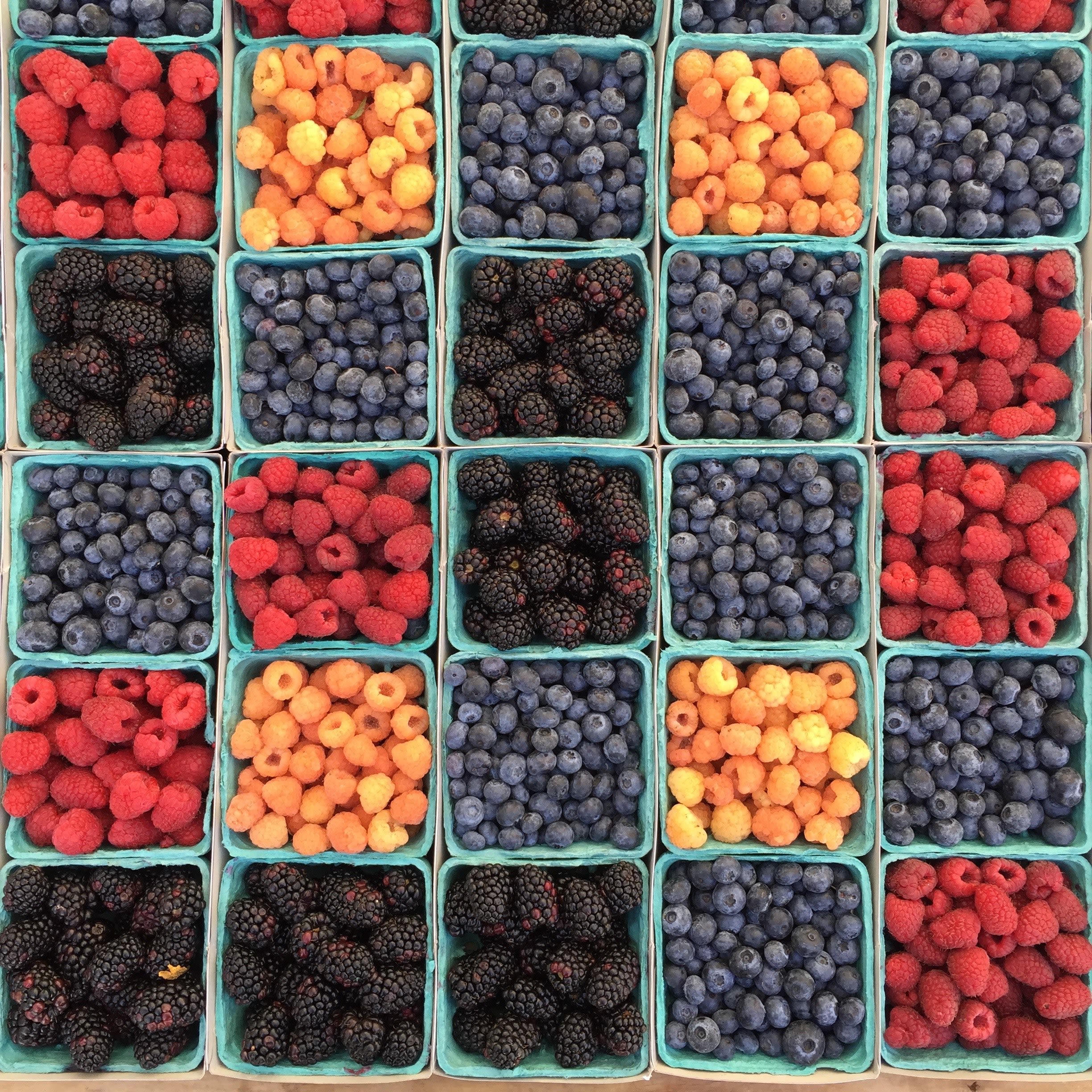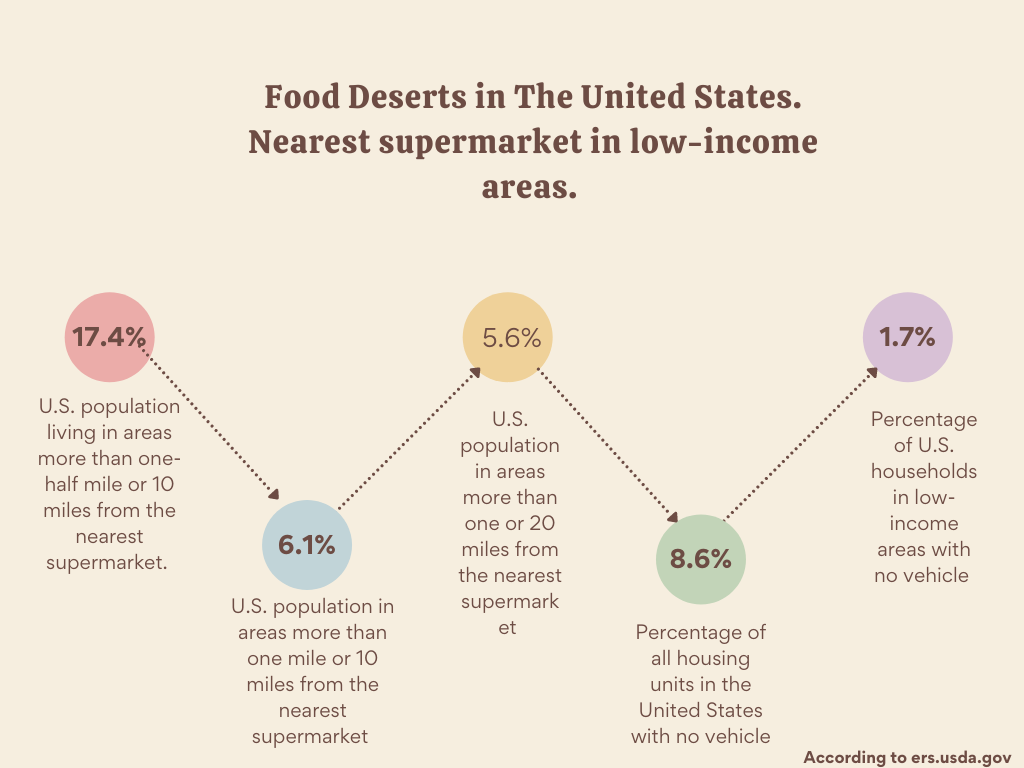The Truth About Superfoods
What are the negative and positive impacts?

Many health experts have pointed out the overwhelming amount of benefits superfoods can bring to consumers. However, other experts have pointed out superfoods may not be what it seems. Common superfoods include fruits, vegetables, and plant based foods but the difficulty lies in determining what kind of food is actually a superfood.
The term 'superfood' has been a popular phrase coined over the past few years describing foods with high amounts of nutrients such as minerals, vitamins and antioxidants considered to be beneficial to the health of consumers.
"There is no official definition of a superfood, other than to say it is a food that offers high levels of desirable nutrients, linked to promoting personal health and wellness or preventing disease and sickness," according to the University of California Davis.
Many scientists claim the creation of the term 'superfood' is associated as a marketing tool with origins not stemming from academic research. Additionally, food manufactures are not bothered by the origins of superfoods with sales skyrocketing creating a billion-dollar industry. .
One Nielson survey proved buyers will pay more for food if it is deemed as nutritional or healthy. The popularity of the term 'superfood' took off after constant use by medical experts in journals and other academic findings.
The American Medical Association once announced bananas in a child's diet provided assistance in curing celiac disease after physicians continued to use 'superfood' in their journals explaining the impact bananas have in treating diseases.
Green superfoods have also gained steam in the past few years. Green superfoods follow the same basis as superfoods but are green: green vegetables, avocados, brussels sprouts, broccoli, spirulina, wheatgrass and algae. Green superfoods also exist including a green powder adding extra nutrients to one's diet known as the 'Amazing Grass Green Superfood powder'.
The Positive Impacts

Superfoods are packed with antioxidants, low in fiber, dense in vitamins and minerals. Kale and spinach are natural sources of iron.
"Iron is an important mineral that helps maintain healthy blood. A lack of iron is called iron-deficiency anemia, which affects about 4-5 million Americans yearly. It is the most common nutritional deficiency worldwide," according to the Harvard School of Public Health.
Many foods included within the superfood category are plants such as, carrots, bell peppers, apricots asparagus, blueberry, broccoli, cabbage, chard, beetroot and globe artichokes. These plants as well as some superfoods are loaded with phytochemicals which are compounds aiding the function of immune systems, reduce tumor growth, fight against cancer and protect eye health according to rosewellpark.org.
"What they do is they make sure your cells are getting the proper nutrients that they need. These superfoods actually go in and they change your cellular structure to work at its highest efficiency so we're talking plants, vegetables, fruit and whole grains," said Lana Zinger a registered dietician and nutrition professor at Hofstra University.
As mentioned before, superfoods have large amounts of antioxidants which fight against free radicals. High rates of free radicals can cause harm if levels become high in someone's body as these dangerous rates are linked to several diseases like heart disease and cancer, according to Healthline.com.
"Everything has bonds bonded together by energy so if we are thinking about it chemically when a free radical happens the atom detaches itself and goes everywhere creating chaos. Antioxidants are found in superfoods helping you fight against free radicals," said Daniella Sanchez, a Hofstra University student majoring in Health Science.
The Negative Impacts

On the other hand, there are plentiful of concerns with superfoods. According to health experts, one issue which can be found within superfoods is the misunderstanding of proper consumption from buyers given the term being coined by marketers.
"I think a lot of people look on Instagram and TV and they'll look at something like celery juice and they think that, 'Oh my god’. It's a superfood. It will cure everything. I am just going to drink celery juice all day long.’ That's not how it works. That's one component which is one vegetable. You need to have diversity in what you are eating for it to be called a superfood," said Zinger.
Secondly, experts have pointed out the role of superfoods further promotes complacency by consumers because it can lead to false hope. Since these foods are focused individually it can lead to people looking for 'magic bullets': foods which are believed to drastically change one's health instead of changing your diet all together.
According to Zinger, food marketers are now labeling everything as superfoods for sales. Zinger believes one way to combat this level of marketing is to be an educated consumer reading labels and asking, "Does this come from a plant?” Another harsh reality stemming from superfoods is the cost.
"Once again, our focus on superfoods often makes this condition worse. That’s because many of the foods labeled as 'super' are quite expensive, and sometimes difficult to find. That doesn’t mean they aren’t healthy, but as long as we want the practice of health to be widely accessible to everybody, we should avoid placing too much emphasis on things like cordyceps mushrooms, maqui berries, and maca powder," nutritionstudies.org states.
Individuals or families who live in foods deserts, areas with limited access to nutritional food, are kept out of benefiting their own diets through superfoods. Socio-economic factors contribute to the insufficient nutritional resources certain communities need. A 2014 study from John Hopkins University proved black communities had fewer supermarkets available to them compared to white and multiracial communities. Promoting safe and nutritional food which can be accessible to everyone is an essential health practice nutritionstudies.org mentions.
Courtesy: Unsplash//Alex Lvrs
Courtesy: Unsplash//Andre Taissin
Courtesy: Unsplash//Eduardo Soares






